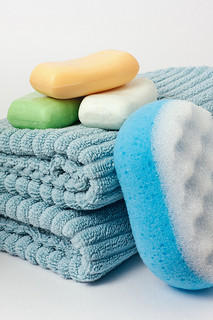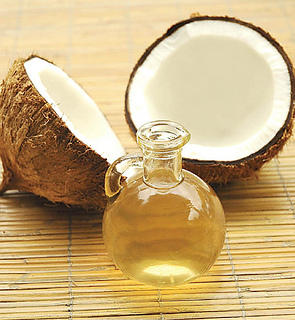You've done it countless times, but did you know there's actually a right and wrong way to wash your face? In fact, there's much more to it than just wash, rinse, dry, repeat. See if you're doing the job correctly by reading these four steps toward a perfectly cleansed face.
1) Wash your hands.
Whatever germs, dirt, and oil is on your hands will be transferred to your face, so be sure to lather up first.
2) Use tepid water.
Water that's too hot will drain your skin of natural protective oils, so turn down the temperature.
3) Wash gently.
Using a nickel-sized amount of cleanser, massage your skin with your fingertips for 30 seconds to a minute. Use circular motions, and be extra gentle around the delicate eye area. Don't neglect your hairline and neck. Rinse with a few splashes of cooler water to close the pores.
4) Pat dry.
Use a clean towel to gently pat your face dry. Apply moisturizer while you skin is still slightly damp; this will help seal in moisture.
How to Wash Your Face [Howstuffworks]
How to Wash Your Face Properly [Popsugar]



 Equal Housing Opportunity
Equal Housing Opportunity